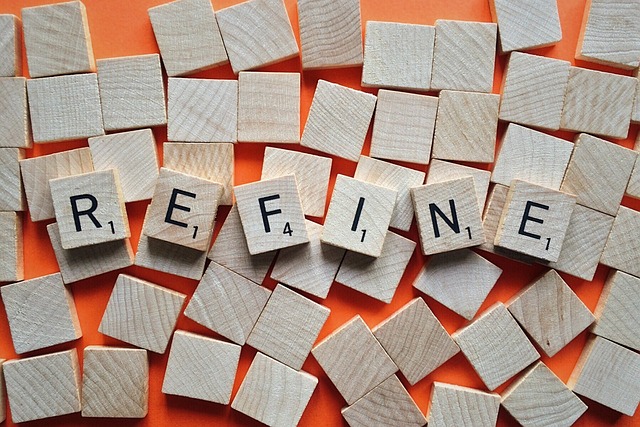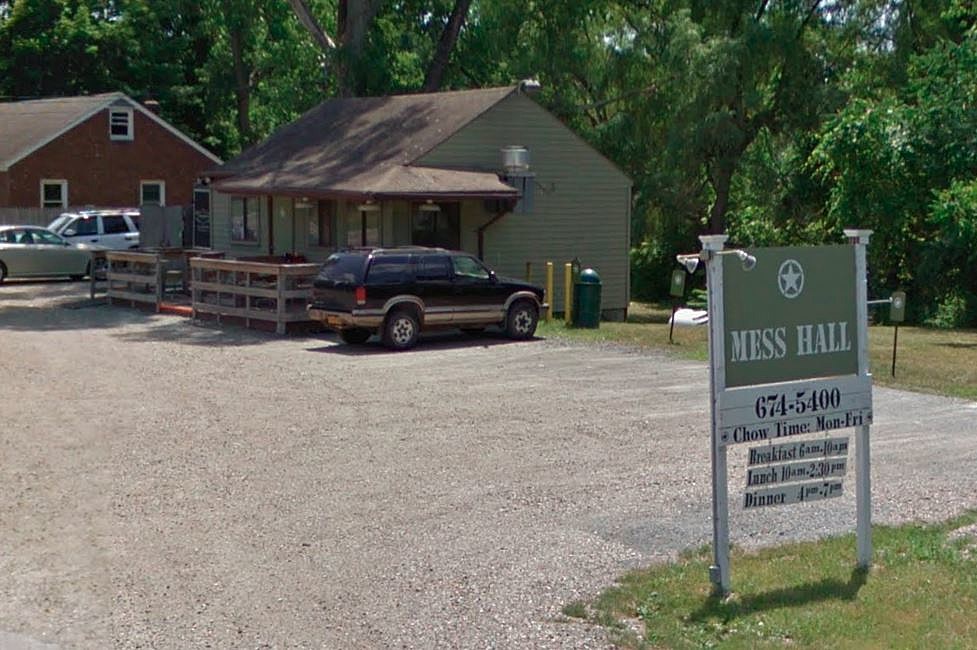While every situation is different, home loan refinances can be an ideal solution to certain financial concerns. While you’ve likely heard the word “refinance,” it’s understandable if you are not entirely sure what it entails.
What is a home loan refinance? How does it work? And is it the right choice for you? Read on to find the answers to these questions and more.
What Is Home Loan Refinance?
Refinancing is essentially replacing your original home loan with a new loan. The new loan usually comes with a different interest rate and/or shorter or longer loan term, depending on what your goals are. You can even choose to switch lenders if you find one that better serves your needs or offers a better deal. A refinance can also allow you to take advantage of the equity you’ve spent years building up in your home. This is called a cash-out refinance.
Why Do People Choose to Refinance Their Home Loans?
The exact reasons for refinancing will vary for each personal situation. One common reason people choose to refinance is to switch the terms of their loan. Some people lengthen the term of their loan, a change that can result in a lower monthly payment, as your loan balance is spread out over more months. If you switch to a shorter term, such as moving from a 30-year loan to a 20- or 15-year loan, you can remove years of paying interest, saving you thousands of dollars over the life of your loan.
Another very common reason homeowners refinance is to lower their interest rates. Lower interest rates can be available for different reasons. For instance, your credit standing could be much better than it was when you originally took out the home loan, making you eligible for a lower rate. Or, if the housing market has improved, you can take advantage of the moment and lock in a fixed-rate mortgage when you refinance.
With a refinance, you may be able to switch types of home loans. Some borrowers start out with an adjustable-rate mortgage and then want to switch to a fixed-rate mortgage for more predictability and consistency. Getting a home loan refinance allows you to do that.
Some choose to take out a home loan refinance so they can get a source of cash. This cash can be used in a number of ways, such as home remodels and repairs or other ways that aren’t home-related. It could be a big help with larger expenses, like paying for education.
While it’s less common, another reason people refinance is to remove someone’s name from the loan. This usually happens if only one party keeps the house in a divorce.
How Does a Home Loan Refinance Work?
A home loan refinance is a way of ending your current home loan and converting it to a new one. That includes a new principal, interest rate, monthly payment, repayment period, and so on. In most cases, it means switching to a home loan with better terms or rates.
As with any loan, you will have to apply for a home loan refinance and wait to see if you qualify. But the home loan refinance process is quicker and easier than getting an initial home loan. Generally, the process takes around 30 to 48 days in total, although it varies.
But how does a home loan refinance process typically go, and what are the individual steps?
5 Steps to Getting a Home Loan Refinance
- Check Whether You Qualify
While you’ll have to apply to know for sure, you should first see if it’s worth applying just yet. This means taking stock of your current financial situation.
Check the elements that lenders will consider, which include:
- Credit history and credit score
- Current debts
- Income and employment
- Payment history on the existing home loan
- Home’s current value and the equity you’ve built up
If these aren’t in the best shape, you may want to take a little time to improve your credit before applying for a home loan refinance. For instance, you can save to pay off debts or wait a while to build up more equity.
- Consider Your Options for a Home Loan Refinance Lender
You should apply to be pre-approved with more than one lender. But even before you start that application process, you can browse to see what different lenders offer.
- Look Into the Costs and Fees
Closing costs can vary per lender, and some lenders offer no-closing-cost home loan refinance options or a flat fee for closing costs no matter the size of the loan. Whichever you choose, you’ll want to know what to expect so that you’re not in for an unpleasant surprise at closing.
- Start the Home Loan Refinance Application Process
As with any type of loan, you need to have certain information and documentation on hand. This includes:
- Your driver’s license, Social Security number, and/or other types of IDs
- Proof of US residency
- Proof of income for the past 30 days, which generally means providing your two most recent pay stubs
- W-2s from the past two years
- Income history of the past two years
- Two months of bank statements
- List of current debts
- Information about alimony and child support payments, if applicable
- Investment account information, if applicable
- Close on Your New Loan
The final step is, of course, to close on your home loan refinance. This is when you sign the required paperwork for the loan and it becomes official. That means you officially close your previous loan and open the new one. Depending on the lender, you may be able to close online from the comfort of your home.
Does home loan refinance sound perfect for you? Then you can begin casually searching and browsing for potential lenders before you apply. If you’re in the Pacific Northwest area, you can research Solarity Credit Union’s home loan refinance options. You can find more information on these by visiting their website or speaking with one of their Home Loan Guides.




